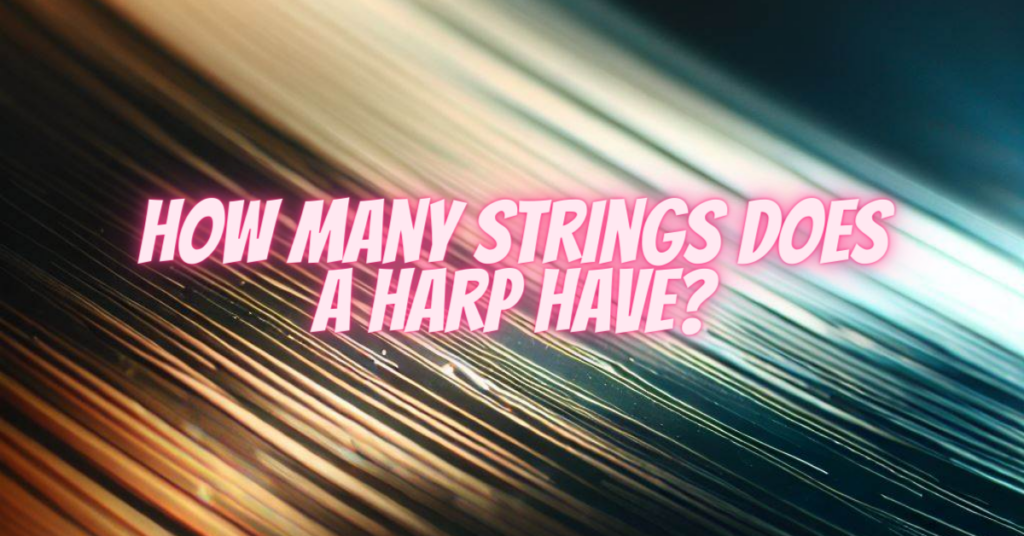The harp, an instrument steeped in centuries of musical tradition, is known for its ethereal sound and graceful appearance. One of the defining characteristics of a harp is its multitude of strings, which are plucked to create captivating melodies. But how many strings does a harp have? In this article, we explore the diverse world of harps and their varying string configurations, shedding light on the unique qualities that make each harp a work of musical artistry.
1. Historical Variations:
Throughout history, harps have come in a range of sizes and shapes, leading to significant variations in the number of strings. Early harps, dating back to ancient civilizations, had a handful of strings and were often played in different cultures worldwide. As harp designs evolved, the number of strings increased, allowing for a broader tonal range and more intricate musical compositions.
2. Concert Pedal Harp:
The modern concert pedal harp, often used in orchestras and classical music settings, typically has 47 strings. These harps are meticulously crafted and feature a complex mechanism of pedals that allows harpists to change the pitch of the strings, enabling them to play in different keys. The strings of a concert pedal harp cover a range from the high notes to the deep bass tones, providing the versatility needed for classical and orchestral repertoire.
3. Lever Harps:
Lever harps, also known as folk or Celtic harps, come in various sizes and configurations. They are popular in folk music traditions, especially in Celtic cultures. Lever harps can have a different number of strings, ranging from 19 to 40 or more. The number of strings on a lever harp often depends on the harpist’s preferences, musical style, and the harp’s size. These harps are often more portable than concert pedal harps, making them suitable for a wide range of musical genres and settings.
4. Wire-Strung Harps:
Wire-strung harps, historically prevalent in ancient and medieval times, are characterized by their strings made of metal wires. These harps have a distinct bright and bell-like tone. The number of strings on wire-strung harps varies, but they typically have fewer strings than modern concert pedal harps. Wire-strung harps are valued for their unique sound and historical significance, often used in early music performances.
5. Personalized and Custom Harps:
In addition to standard harp configurations, harp builders often create personalized and custom harps for musicians. These custom instruments can have a specific number of strings tailored to the harpist’s preferences, allowing for a truly unique musical experience. Harpists may work closely with builders to design an instrument that suits their playing style and artistic vision, resulting in a one-of-a-kind harp with a distinct number of strings.
Conclusion
The world of harps is as diverse as the melodies they create. From ancient civilizations to modern concert halls, harps have evolved in both design and the number of strings, offering a rich tapestry of musical possibilities. Whether it’s the majestic 47-string concert pedal harp, the versatile lever harps, the historical wire-strung harps, or custom-crafted instruments tailored to individual musicians, each harp embodies the artistry and craftsmanship of its makers. Regardless of the number of strings, the harp continues to weave enchanting melodies, captivating audiences and musicians alike with its timeless beauty and melodic grace.


